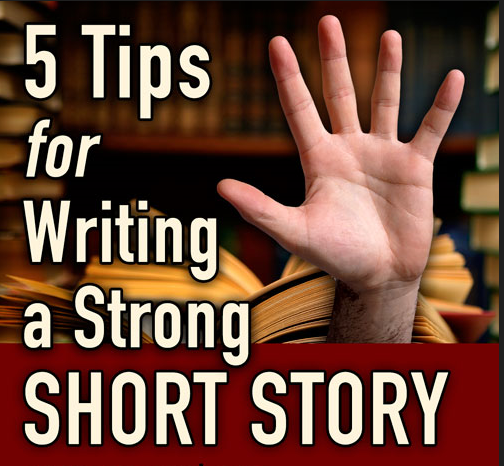5 tips for effective story writing
Published By Paperwiff
Fri, Jan 20, 2023 9:39 AM

We all reminisced about when our grandparents or parents narrated our bedtime stories. Stories have always been part of our lives. If seen closely, we are surrounded by stories in the form of conversations, movies, and books. Life is a story in motion. Therefore, story writing comes very naturally to us.
So, why not write a story????
We all have stories to tell, and we do tell them without our knowledge. It would be best to structure it so that the storyteller within you comes out weaving engaging and impactful stories.
So, we bring you 5 simple tips to improve your story-writing skills:
1. Identify the plot: The first step towards story writing is identifying the plot you wish to narrate. As mentioned, we all are filled with stories that are worth narrating. Therefore, the first step from the box of stories is to pick that story close to your heart. You may ask, how should I choose the story? I find them all interesting. So, here is a trick. When you have to choose a story to tell, choose that story you are sure people would love to read. Simple? Remember that your story should engage the reader.
2. Etch the characters: Think of Wuthering Heights, and Heathcliff is your first imagery. That's the impact of characters in a story. Therefore, once you have identified the story you wish to write, the next step is identifying and etching the story's characters. Now you may ask how to etch characters. Remember, your characters are your narrators of the story. Therefore, ensure that each character is important in the story. Look at your characters as individuals and, therefore, write down their characteristics, mannerisms, and other details just like a human being.
3. Define the flow: "There are thirty-two ways to write a story, and I've used every one, but there is only one plot – things are not as they seem," said Jim Thompson. Therefore, the next crucial step in your story-writing journey is to define the flow/narrative of your story.
· What would be the start,
· what would be the interval,
· what is your pre-climax cliff-hanger
· what's the climax?
The answer to these 4 questions would define the. Once the flow is set, it's time to define the narrative. When we speak of narrative, there is a linear and non-linear narratives. Linear is narrating in a single flow. However, non-linear, as the name is a narrative style wherein the story travels back and forth in different timelines.
4. Weave the story: Once you define the flow, the next step is to start weaving the story. Ideally, write the story completely. Then start breaking the story into chapters. Visit each chapter and ask the first two questions mentioned in the 3rd point. Ensure that every chapter has a cliffhanger that incentivizes the reader to look for the next chapter.
5. Set the tone: The tone is a key element to story writing. In other words, it is the language you wish to choose for the story. This choice would depend on your target audience and your desire for the language level that resonates with your vocabulary ability. For example, authors like Sashi Tharoor use a language that has a premium vocabulary. However, authors like Sudha Murthy embrace a more readable and simple language. On the other hand, authors like Kavitha Kane and Chitra Banerjee Divakaruni use more poetic language. In a nutshell, the tone of your story can be decided based on the following 3 elements:
· The genre of the story
· Target readers
· Your vocabulary strengths
We hope this article helps and pushes you to start your story-writing journey. The time is now and here.
Let the story begin
--Swarnlata (Paperwiff)